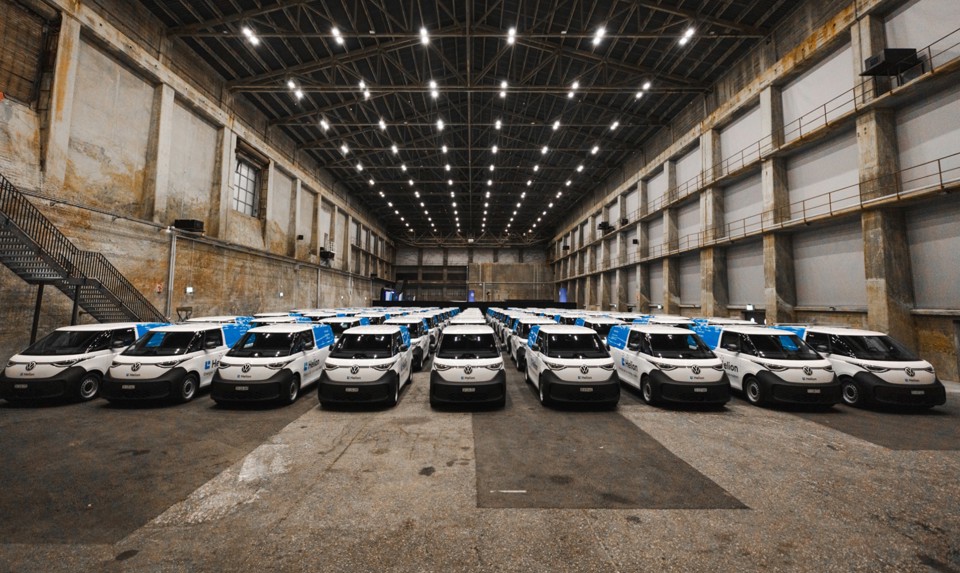With intensifying sustainability targets for companies, the onus on fleets to adopt sustainable, zero-carbon transport and mobility solutions has never been greater, said Neill Emmett, director, brand and marketing – e-Mobility, Konect. New data confirms this: a report from Teletrac Navman shows that two thirds (65%) of the 500 global fleet operators surveyed are feeling intensifying environmental pressure, while nearly half (47%) cited the cost of fuel as their most significant challenge last year.

Yet the complexity of carrying out a successful EV transition cannot be understated; you cannot just start and hope for the best. Fleet operators need to integrate unfamiliar technologies and new workflows, as well as undertake workforce training. That’s why a full assessment is needed, with proper planning and an outline of important steps to take.
Establishing feasible objectives is the first priority. Fleet operators know their businesses best, and each one will require a different timeline to fit within their capital allocation cycles, and to make the necessary adjustments to the facilities they have available. Those that move into EVs now will stand themselves in good stead for getting ahead of legislative mandates and increasing scrutiny on Scope 3 emissions. However, properly assessing the suitability of electric vehicles for existing duty cycles, along with the grid capacity for a new charging depot, is essential for ensuring operational efficiency and future-proofing.
Data is the key here. Assessing vehicle routes, duty cycles, climatic conditions, typical downtime, and energy needs are all vital components to consider. These data points not only enable operators to pinpoint how many chargers are needed at depot, for example, but also to understand how well the grid is placed to serve their needs – and to identify the solutions to plug energy gaps.
This information can then be harnessed to develop a fully insight-driven deployment strategy. Intelligent analytics tools use data to determine how combustion-engine vehicle fleets work, and identify where – and when – EVs and charging infrastructure should be implemented. For operators that need to build a watertight business-case with cost-effective solutions, employing such data analysis is critical to putting the case forward for EVs and then delivering the transition.
Once fleet operators fully understand their electrification transition requirements and have a plan in place, implementing the right expertise and tools is the final piece of the puzzle. Upskilling the workforce and implementing those components, however, can take a significant amount of time and investment. End-to-end service providers set electrifying fleets on the right path from the outset; they can identify the right locations, vehicles and grants to meet their needs, while also providing intelligent, integrated solutions that guarantee operational efficiency.
By its very nature, technological revolution brings a host of challenges and uncertainties that can make the path to sustainability seem distant. But crucially, the fleet industry is at a point in the road where the technology and solutions available are more compelling than ever, and organisations are increasingly looking to their transport departments to make the biggest contribution to achieving carbon reduction goals.
Top tips to ease your fleet electrification transition
- Set Clear Objectives: Align EV adoption goals with business needs and capital cycles to meet legislative mandates and reduce emissions.
- Assess Suitability: Evaluate EV compatibility with duty cycles and grid capacity for efficient operations.
- Data Insights: Get data on routes, energy needs, and downtime to optimise charging infrastructure and pinpoint grid gaps.
- Create a Data-Driven Plan: Use analytics to determine when and where to implement EVs and charging stations, building a strong business case.
- Engage Workforce: Invest in workforce training and new technologies for a smooth transition.
- Partner with Experts: Engage with end-to-end service providers for location, vehicle, and grant selection, ensuring integrated, efficient solutions.


















Login to comment
Comments
No comments have been made yet.